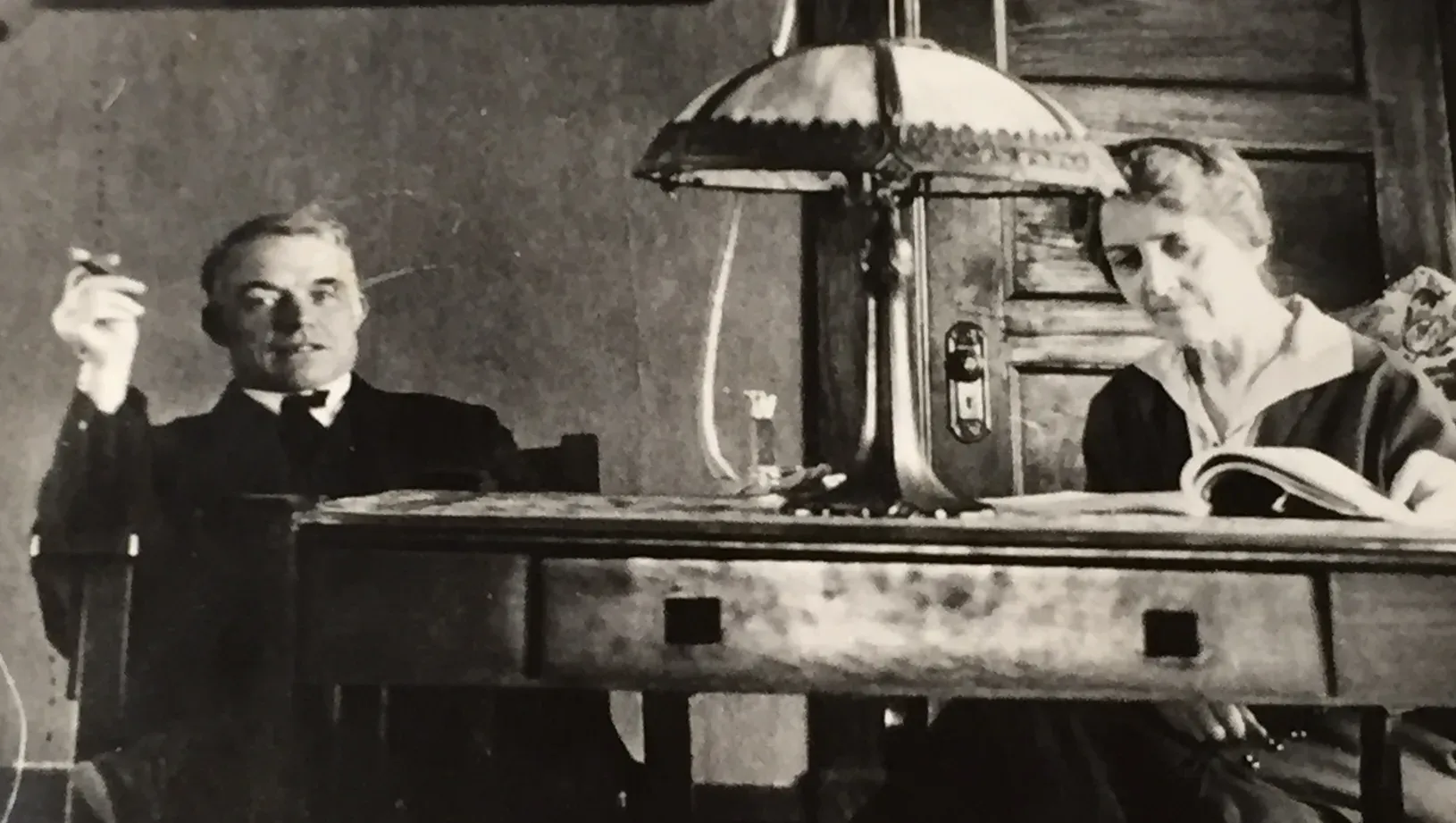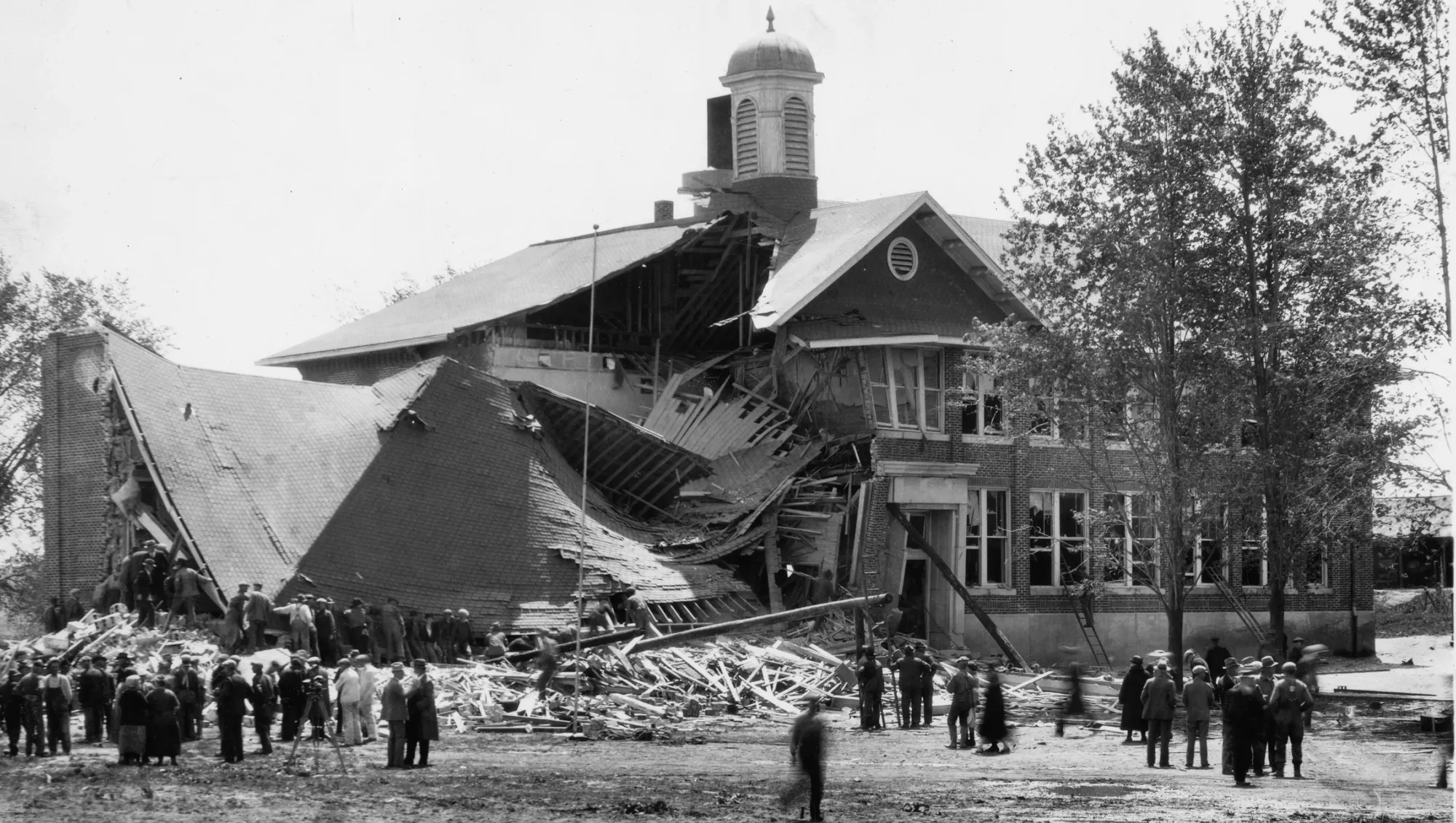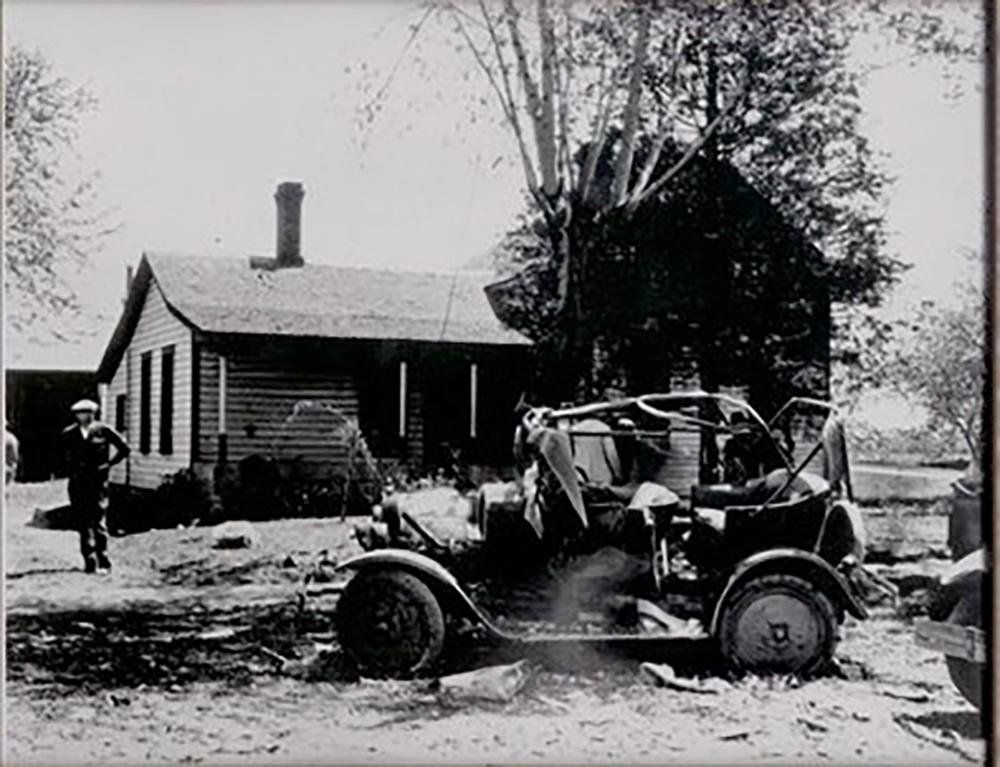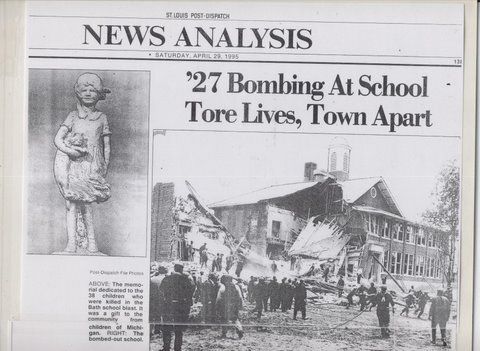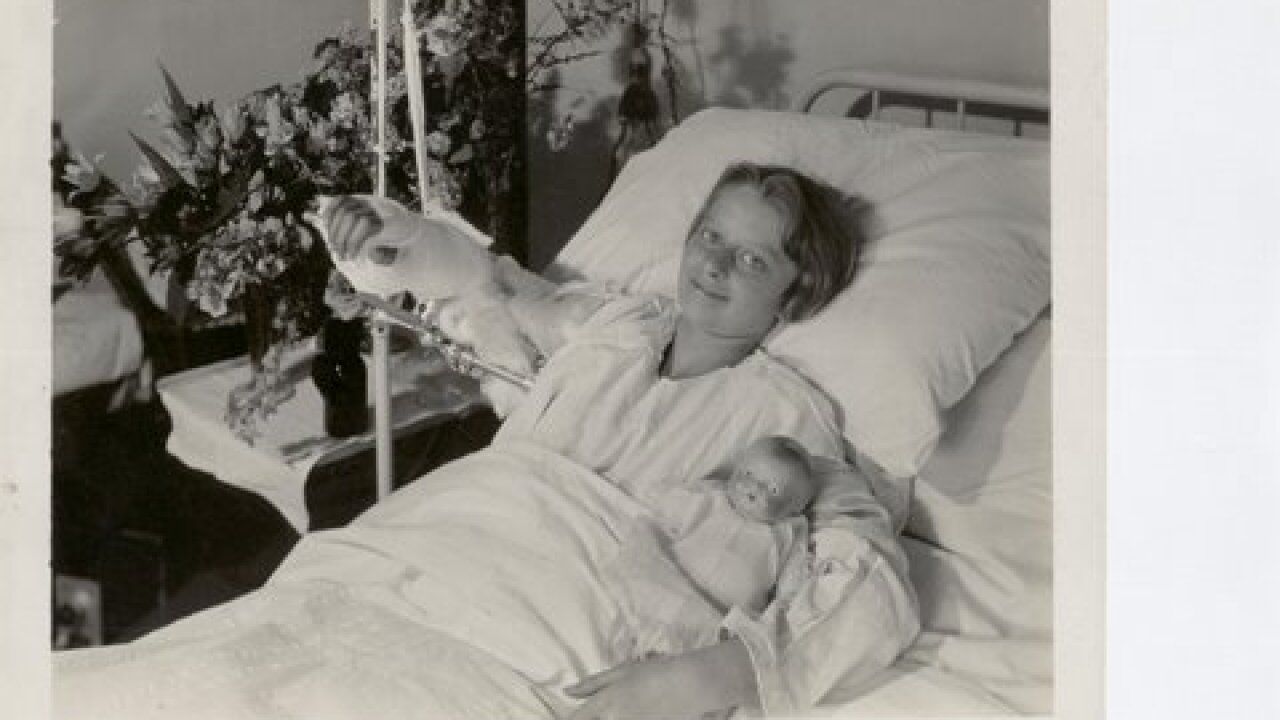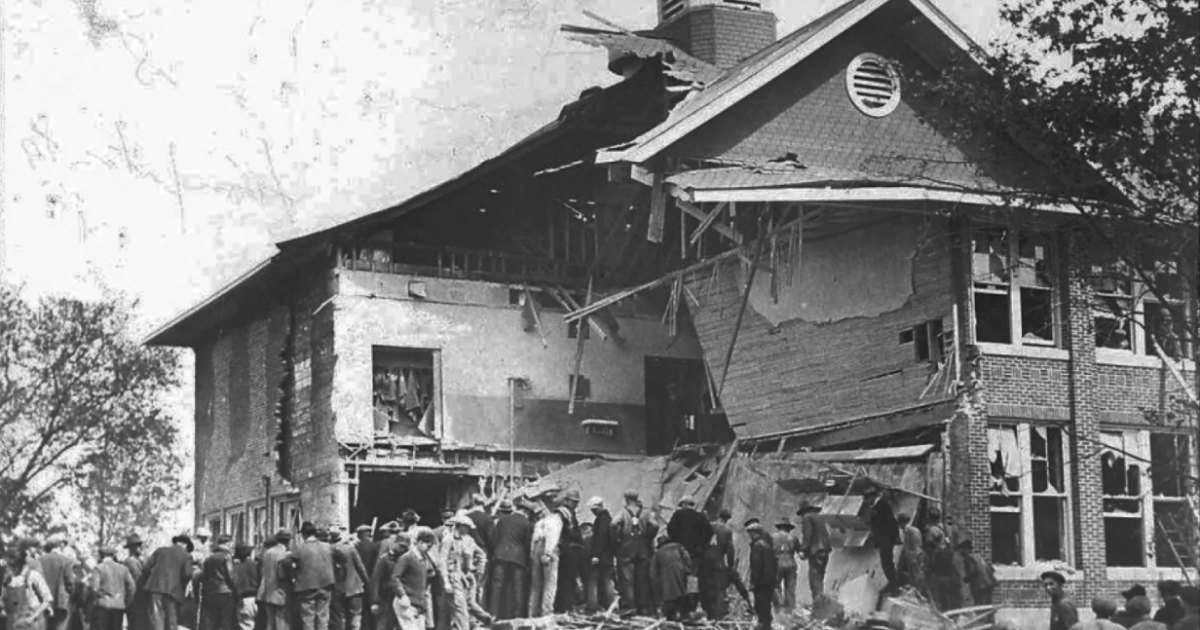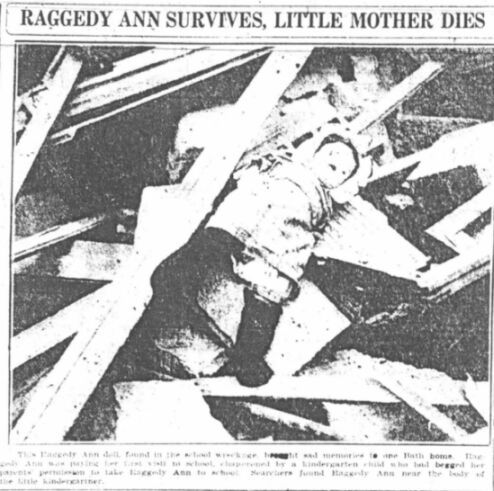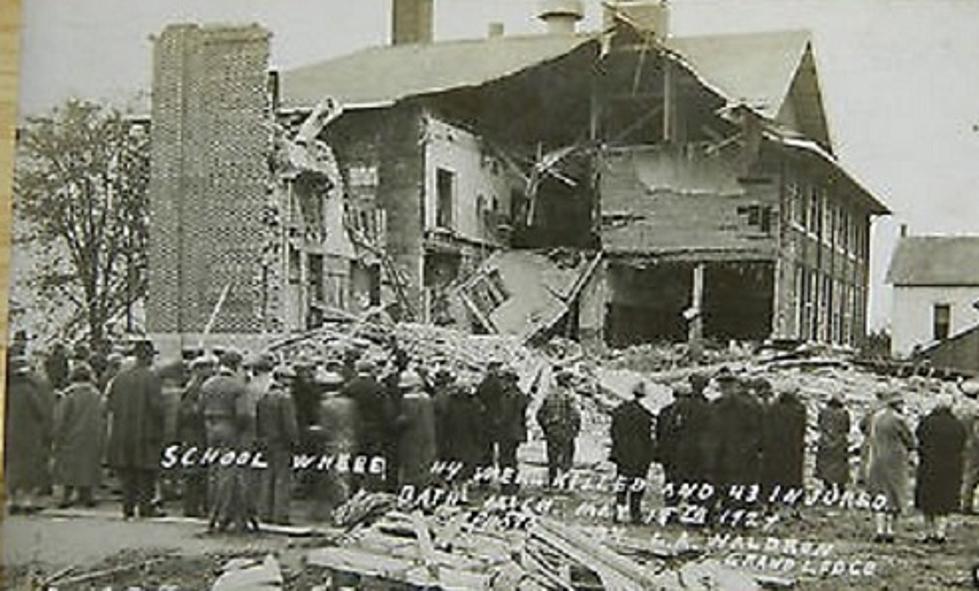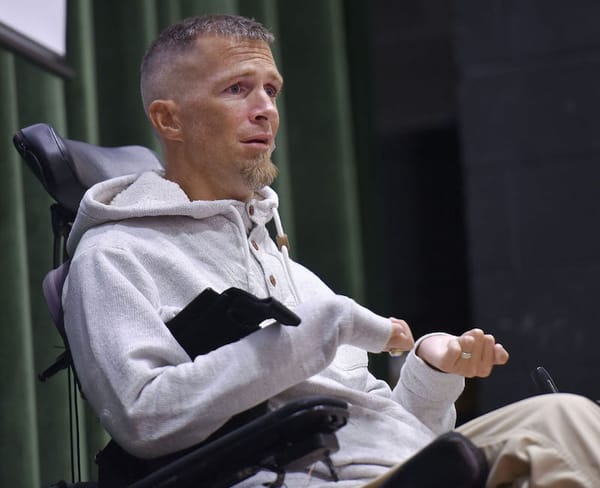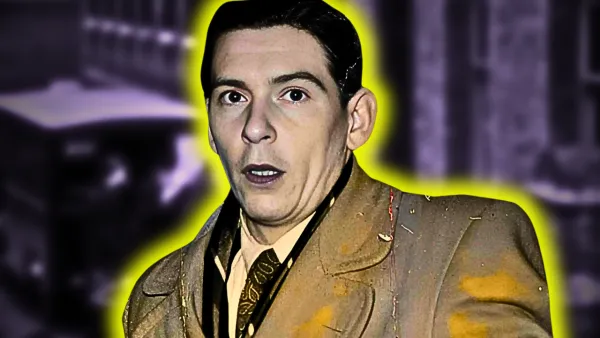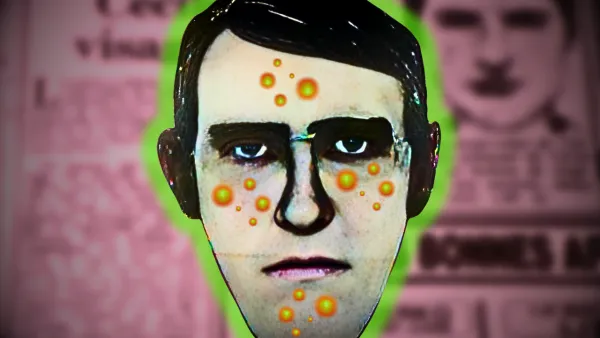The Bath Consolidated School Disaster: Remembering One of America's Deadliest School Tragedies

On May 18, 1927, the Bath Consolidated School in Bath Township, Michigan, became the site of one of the deadliest school tragedies in American history. Andrew Kehoe, a local farmer and school board member, carried out a series of bombings that resulted in the deaths of 45 people, including 38 elementary school children. In this article, we will explore the background of Kehoe, the events leading up to the disaster, and the aftermath that followed.
Andrew Kehoe was born on February 1, 1872, in Tecumseh, Michigan. He grew up on a farm and went on to study electrical engineering at Michigan State College (now Michigan State University). After college, he worked as an electrician and became well-known in the community for his expertise. Kehoe married his wife Nellie in 1912, and the couple moved to Bath Township in 1919.

Kehoe became involved in local politics and was elected to the Bath Township school board in 1924. However, he soon became disillusioned with the board's spending habits, particularly their decision to build a new school building. Kehoe believed that the school board was wasting taxpayer money and became increasingly obsessed with the idea of stopping the construction of the new school.
In 1926, Kehoe secretly began stockpiling explosives and incendiary devices in the new school building. He was able to purchase dynamite and other explosive materials legally, as he had previously used them in his work as an electrician. Over the course of several months, Kehoe worked on the bombs in secret, using his knowledge of electrical wiring to create timing devices that would trigger the explosives.
On the morning of May 18, 1927, Kehoe carried out his plan. He set off a series of explosions in the school, killing 38 children and injuring many others. Some of the victims were as young as five years old. Kehoe then drove his truck to the school and detonated a final bomb, killing himself and several others, including the school superintendent and a group of rescuers who had gathered at the scene. In total, 45 people were killed and over 50 were injured.
The aftermath of the Bath Consolidated School disaster was both immediate and far-reaching. The community was devastated by the loss of so many children, and news of the tragedy quickly spread throughout the country. President Calvin Coolidge sent his condolences to the families of the victims and ordered that flags be flown at half-mast in their honor.
In the weeks and months following the disaster, investigators worked to piece together what had happened. They soon discovered Kehoe's involvement in the bombings and uncovered evidence of his motive. Kehoe had been angry with the school board over their decision to build a new school, which he believed was a waste of taxpayer money. He had also been facing financial difficulties and was in danger of losing his farm.
The tragedy prompted a renewed focus on school safety and led to changes in the way schools were designed and constructed. Schools began to incorporate features like fire alarms, sprinkler systems, and emergency exits to help prevent similar tragedies from occurring in the future.
The Bath Consolidated School disaster remains one of the deadliest school tragedies in American history. It was a senseless act of violence that claimed the lives of many innocent children and left a lasting impact on the community and the country as a whole. While we may never fully understand the motives of someone like Andrew Kehoe, we can honor the memory of the victims by working to ensure that our schools are safe places where our children can learn and grow without fear.

